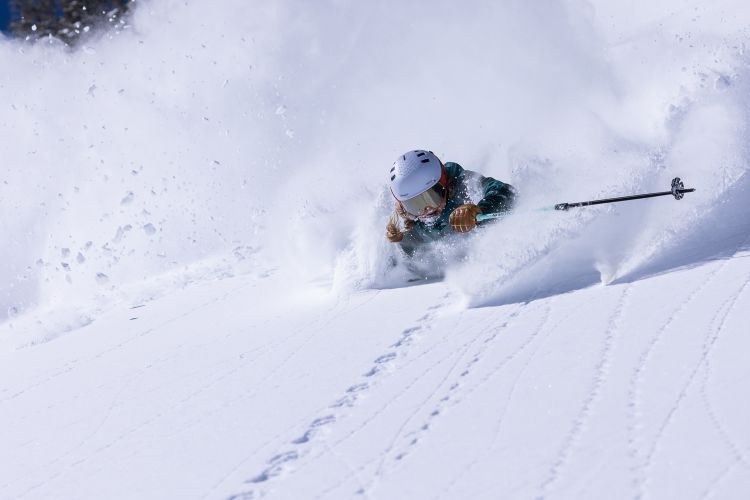The End is Nigh: An Optimist Looks at America’s Skiing’s Future
by Jackson Hogen | Sep 27, 2022
 If you ever experience a snow day like this again, cherish the moment, for they may soon be few and far between.
If you ever experience a snow day like this again, cherish the moment, for they may soon be few and far between.
Members get so much more content! Please sign-up today and experience all the Realskiers.com has to offer.
